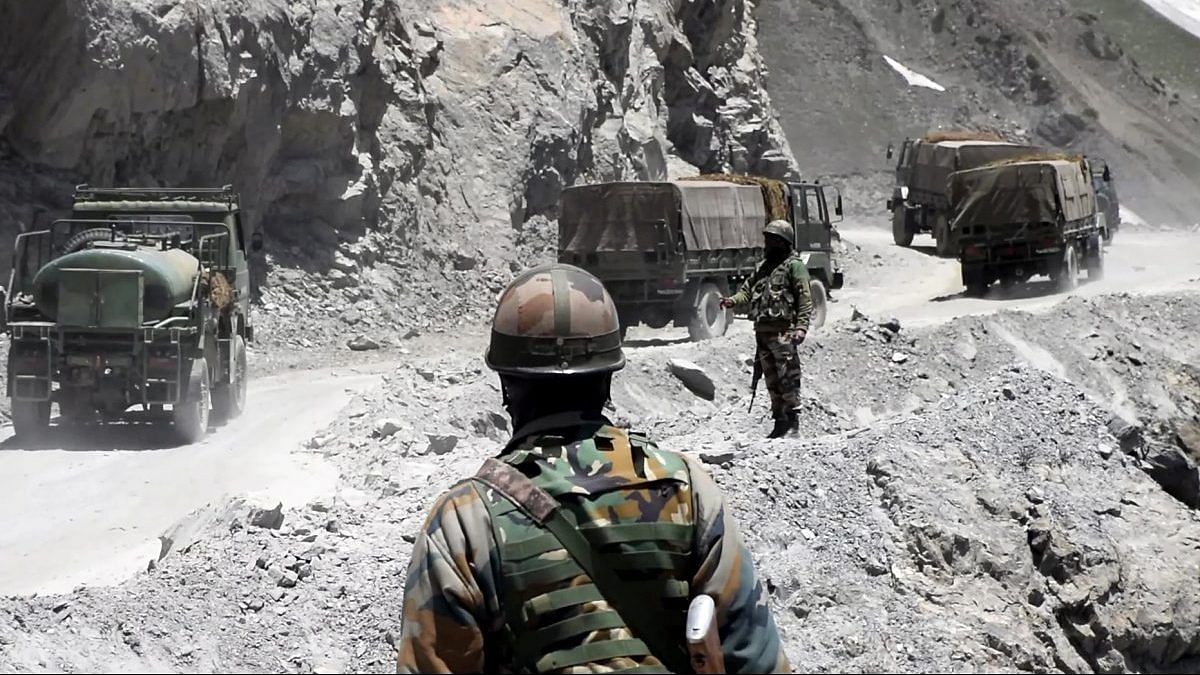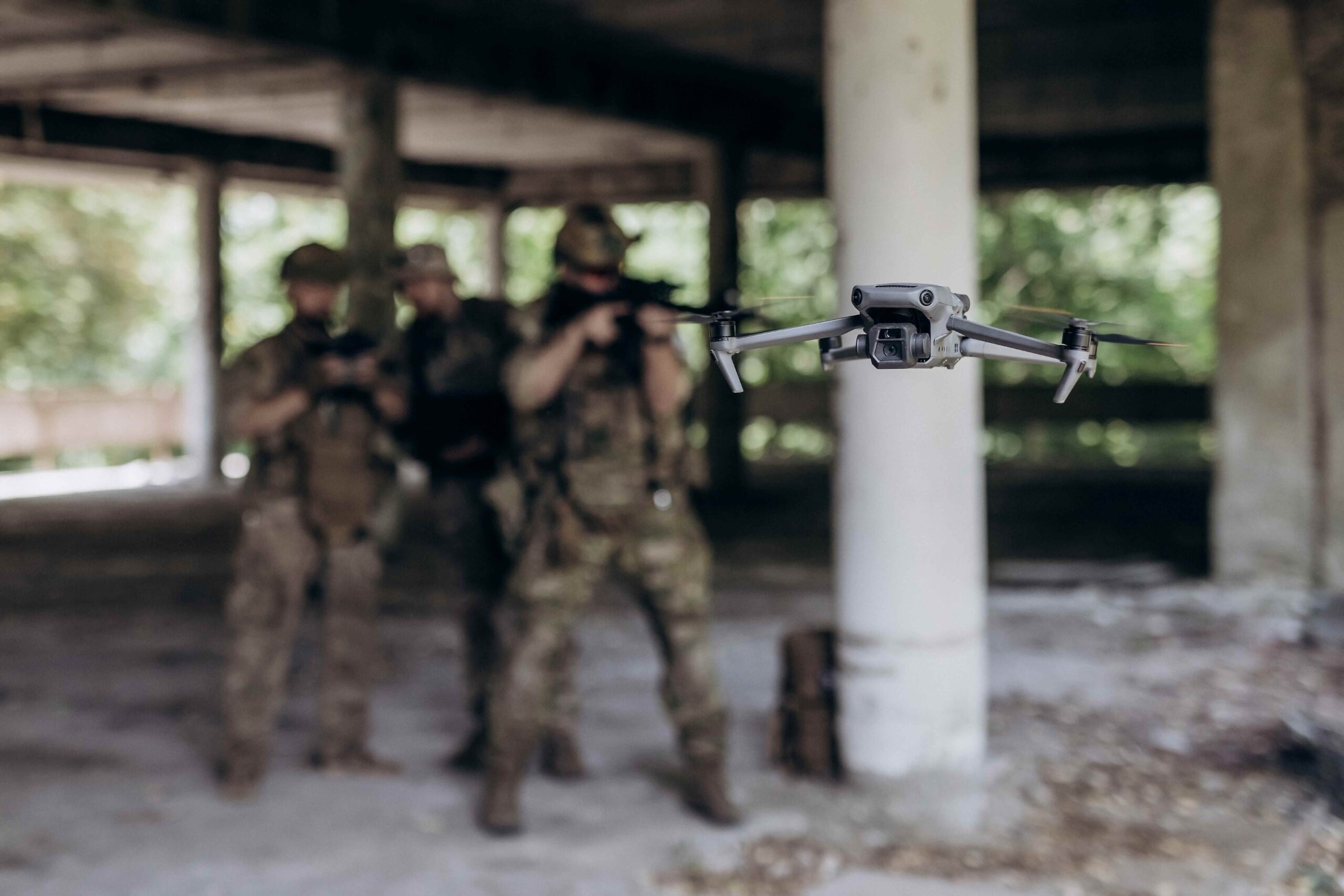Anthony Zurcher
"My national security adviser tells me that we're close," he said.
His words, which the White House has since walked back, landed with a thud for many in the American Palestinian community.
Then on Tuesday night in Michigan, one of the key battlegrounds in November's presidential election, more than 100,000 people in the Democratic primary cast their ballot for "uncommitted" as part of a protest organised by pro-Palestinian groups.
"This is a warning sign," said Lexis Zeidan, one of the organisers, on Tuesday night.
This has been a week in which Mr Biden has been reminded that the turmoil in the Middle East, and the White House's response to it, could translate into electoral peril.
Since the start of the conflict after the 7 October attacks, the president has been caught in a vice, forced to make Middle East policy choices that anger key parts of his coalition.
But the Biden administration is treading carefully when it comes to substantive policy shifts. And despite this week's domestic pressure, the White House has largely remained set on its current course.
At a briefing on Thursday, US State Department Press Secretary Matt Miller said the US continues to give aid to Israel to support the nation's "legitimate right" to protect itself and prevent an attack like 7 October from happening again.
"There is a mistaken belief that the United States is able to dictate to other countries' sovereign decisions," he said. "Israel makes its sovereign decisions - we make clear where we disagree with them."












 (
(


